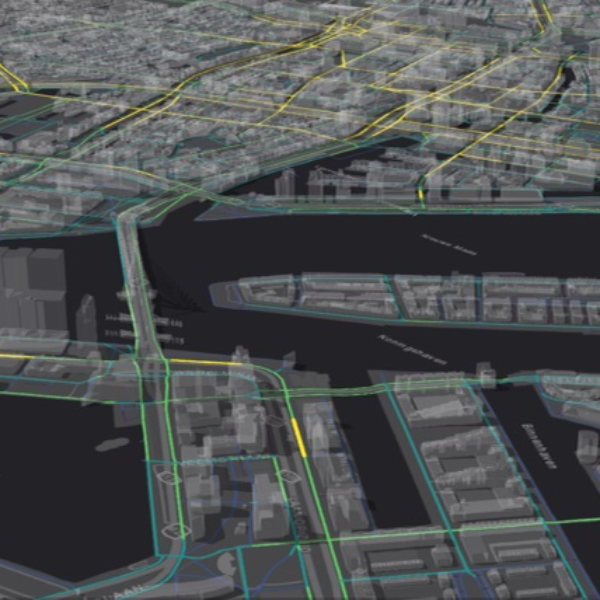'Insight into pedestrian intensity is crucial for good policy choices'

'Insight into pedestrian intensity is crucial for good policy choices'
'Making the town more pedestrian friendly resolves many urban problems,' says Laurens Versluis, Urban Data Scientist at Witteveen+Bos and product owner of the Pedestrian Traffic Monitor. 'If people walk rather than drive, the air quality improves, social cohesion increases, we save space and people's health benefits because they take more exercise.'
Laurens spent six years living and working in London. During his time at Space Syntax, an urban planning and design consultancy, he worked on plans to make this metropolis more pedestrian friendly. 'In London, I literally saw the effect that focusing on the pedestrian can have on a city. An experience that still inspires me every day.'
Mutual connectivity
Seeing the city as a network. This is one of the main lessons that the urban data scientist brought back to the Netherlands from the UK. 'Spaces and buildings and mutual connectivity are an important predictor of pedestrian behaviour. These networks form a basis for patterns. Patterns which give you insight into the behaviour of pedestrians.'
In the Netherlands, thinking in terms of the pedestrian is still in its infancy. Laurens: 'Because pedestrians don't cause a problem, no solution is required and there's no urgency to design policy. Fortunately, that is changing.'

More information?
Wim advises on integrated mobility solutions. The Pedestrian Traffic Monitor helps to map the quality of pedestrian networks.
